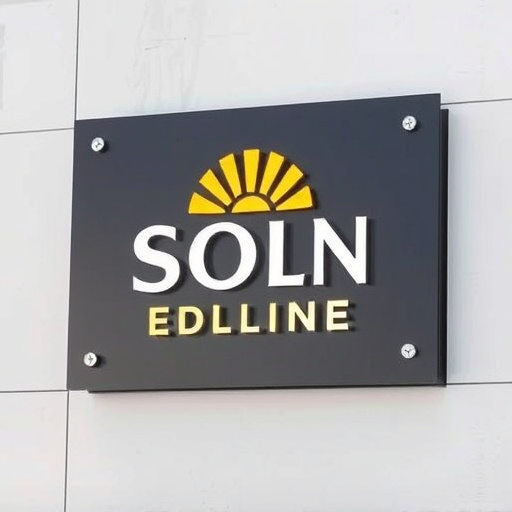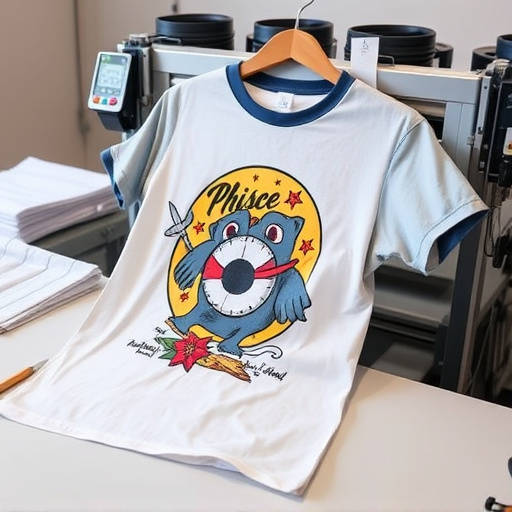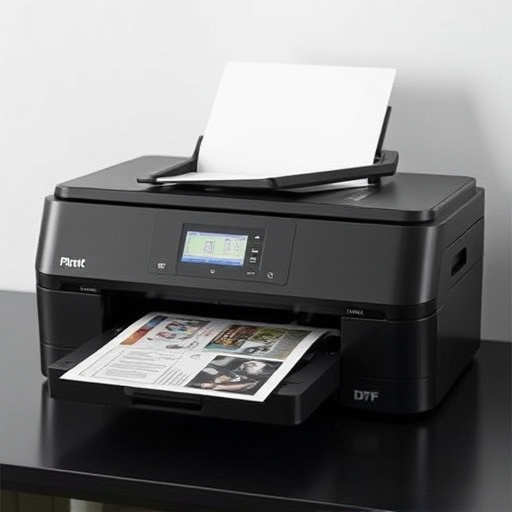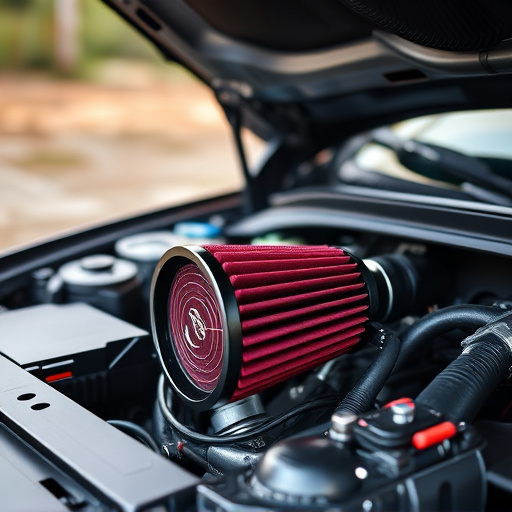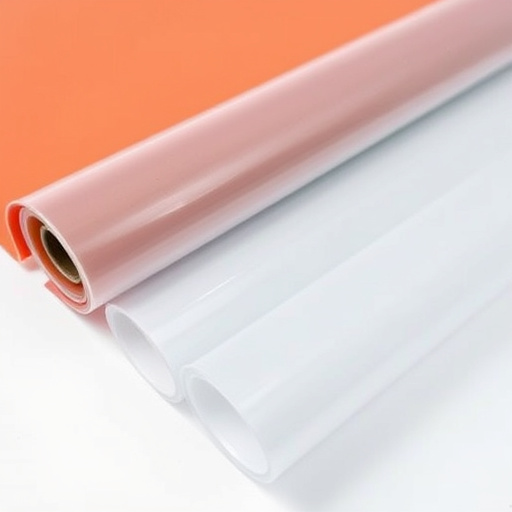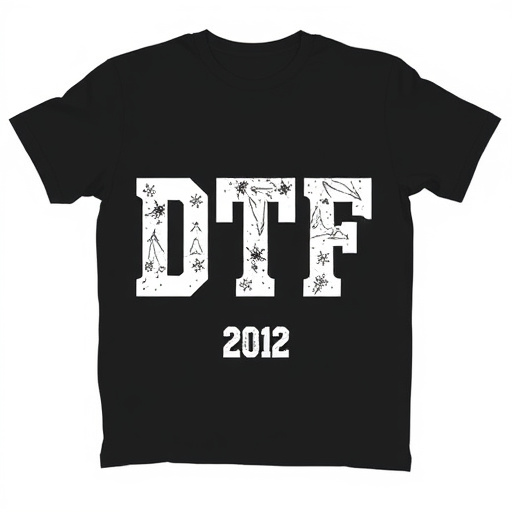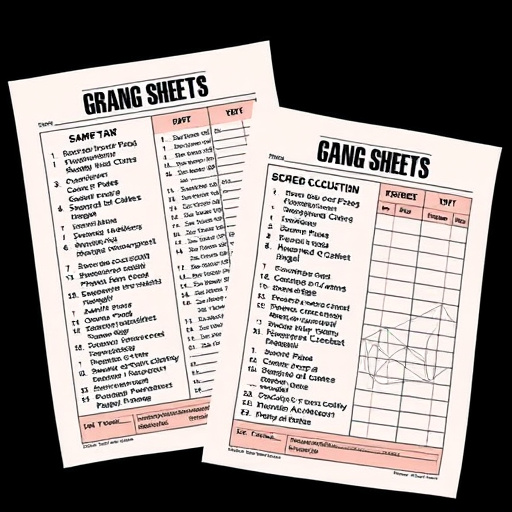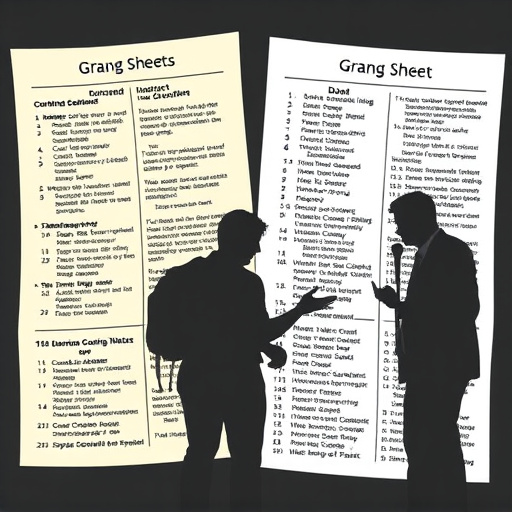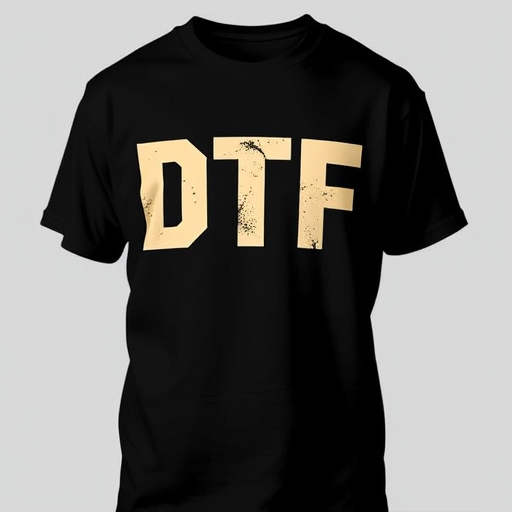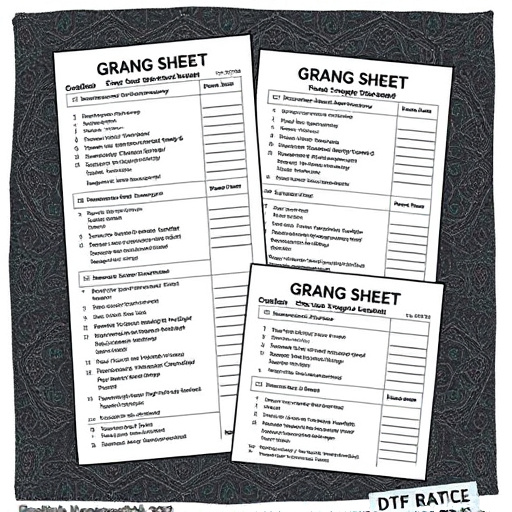Choosing a DTF Transfer Printer requires considering key factors like file preparation (high-resolution SVG/PDF), printer size limitations, quality settings (resolution, ink type), and essential features for precise detail reproduction on diverse fabrics. Opt for models with high-resolution printing (DPI), Direct-to-Fabric technology, automatic feeding, cutting systems, multiple connectivity ports, and fast print speed to meet high demand efficiently. Assess your production needs, budget, and specific requirements—like fabric type compatibility—for a printer that supports current and future growth potential.
Selecting the perfect DTF transfer printer is a pivotal decision for businesses or enthusiasts looking to elevate their printing game. This comprehensive guide will walk you through the intricacies of DTF (Direct-to-Fabric) transfer printing, helping you navigate the market with confidence. We’ll explore essential considerations, from understanding print technologies to identifying key features that suit your needs. By the end, you’ll be equipped to choose the ideal DTF printer for creating stunning fabric designs.
- Understanding DTF Transfer Printing: Essential Considerations
- Key Features and Technologies to Look Out For
- Choosing the Ideal DTF Printer for Your Requirements
Understanding DTF Transfer Printing: Essential Considerations
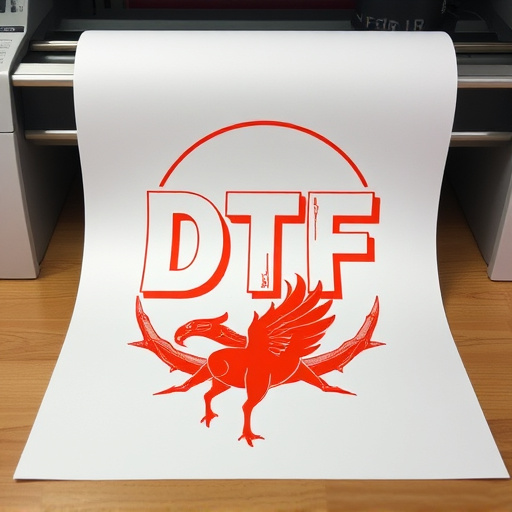
Choosing a DTF (Direct to Fabric) Transfer Printer involves understanding the intricacies of this printing method. DTF transfer printing offers a direct and efficient way to create custom designs on various fabrics, allowing for vibrant colors and intricate details. To select the right printer, start by considering dtf file preparation. Ensure your design software can export high-resolution files in compatible formats (like SVG or PDF) for optimal dtf transfer quality.
Next, pay close attention to dtf transfer by size. Different printers have varying maximum print areas, so match the size of your designs to the printer’s capabilities. Lastly, assess print quality settings. High-quality DTF printing requires precise color reproduction, sharp lines, and accurate registration for professional results. Consider factors like print resolution, ink type, and the printer’s overall reliability to ensure you achieve the desired dtf print quality.
Key Features and Technologies to Look Out For
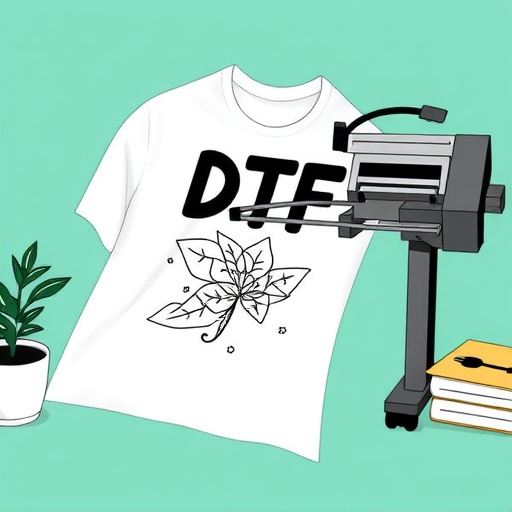
When considering a DTF Transfer Printer for your business, several key features and technologies can significantly impact your decision. First and foremost, look for printers with high-resolution printing capabilities, typically measured in DPI (dots per inch). This ensures precise detail reproduction on various materials, from fabrics to ceramics. Advanced print technologies like Direct-to-Fabric (DTF) and Gang Sheet Builder options offer numerous advantages for both small orders and large-scale production runs.
Additionally, consider printers with automated functions such as automatic media feeding and cutting systems, which can save time and reduce human error. Connectivity options like USB, Wi-Fi, and Ethernet ports allow for seamless integration with your existing workflow, whether you’re a small business handling dtf garment printing or a larger operation managing complex DTF small orders. Remember to assess the print speed as well; faster printers can enhance productivity, especially when dealing with high demand.
Choosing the Ideal DTF Printer for Your Requirements
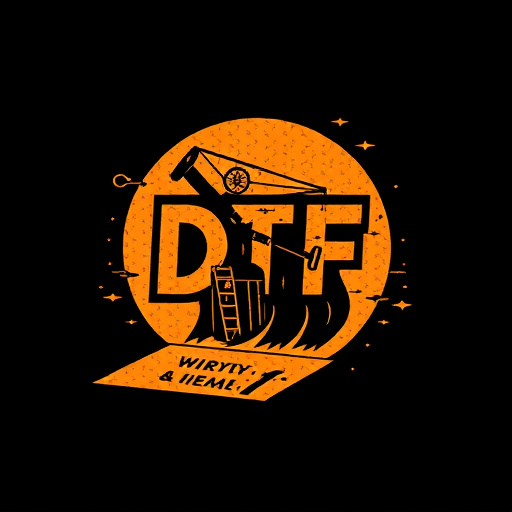
Choosing the ideal DTF (Direct-To-Fabric) printer for your requirements is a crucial step in taking your printing business to the next level. It’s not just about selecting a pretty machine; it’s finding one that aligns with your production capacity, budget, and specific print needs. Consider factors like print speed and quality, ease of use, and whether the printer offers features tailored to your industry, such as support for various fabric types or intricate design details.
Before making a decision, assess your workflow and prepare your dtf file for optimal results. Ensure compatibility between your chosen printer and the software you’ll be using. Some printers even allow you to upload your own gang sheet, streamlining your process. Remember, the right DTF transfer printer should not only meet current demands but also accommodate future growth, ensuring that every dtf transfer is ready to press with precision and efficiency.
When selecting a DTF transfer printer, consider your specific needs, budget, and desired print quality. By evaluating key features like printing speed, color accuracy, and material compatibility, you can choose an ideal DTF printer that enhances productivity and delivers exceptional results. Remember, the right DTF printer is a game-changer for creating vibrant, high-quality transfers, ensuring your designs come to life with precision and efficiency.



